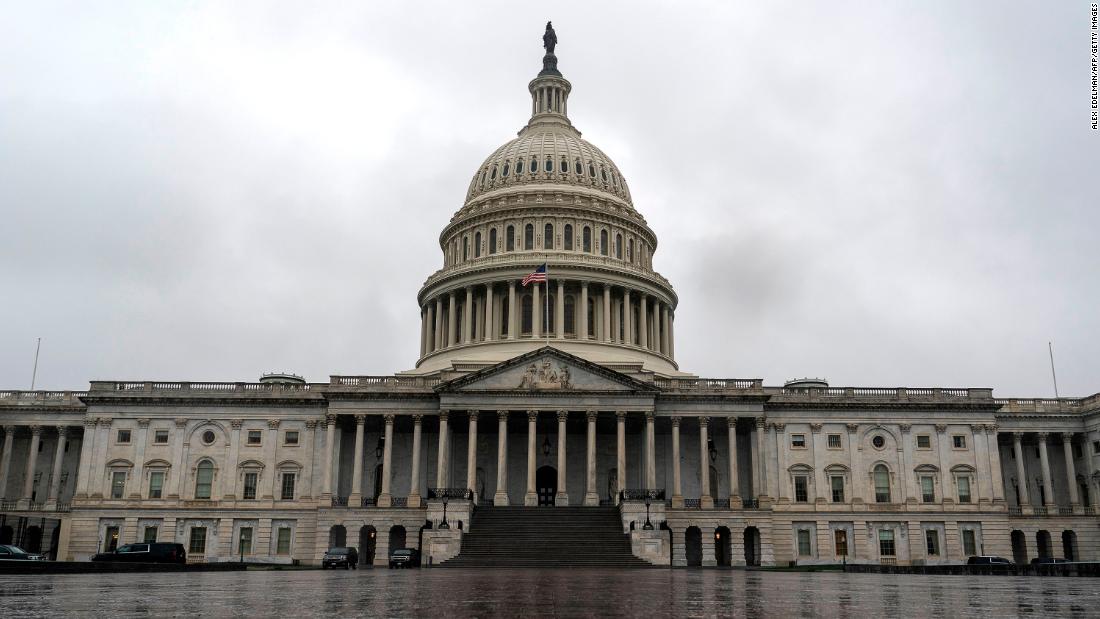[ad_1]
- $250 billion set aside for direct payments to individuals and families, $350 billion in small business loans and $250 billion in unemployment insurance benefits.
- A major amount of funding for hard-hit hospitals — $130 billion — as well as $150 billion for state and local governments that are cash-strapped due to their response to coronavirus.
- A $500 billion fund for Treasury to provide loans and support for distressed industries. That includes $25 billion for passenger air carriers, $4 billion for cargo air carriers and $17 billion for businesses that work in national security. The rest of the funds, $454 billion, can be spent as loans to businesses, states and municipalities.
A historic spike in unemployment
A record number of Americans filed for their first week of unemployment benefits last week as public health guidelines have shuttered businesses and kept workers at home.
The key difference between the coronavirus shock compared with past periods of economic distress: it is sudden and impacts virtually every industry and business model around.
As a result, economists are expecting millions of job losses in the coming weeks.
Temporary joblessness is still joblessness
Treasury Secretary Steven Mnuchin minimized the numbers, saying they are “not relevant” in light of the forthcoming government aid. A selection of replies:
- “The secretary is wrong. We disagree, the numbers are very relevant. People are hurting and they’re hurting right now. For someone who gets a paycheck from the government he is disconnected from reality,” said Mark Jaffe, CEO of the Greater New York Chamber.
- “First, not relevant? I guess he doesn’t understand that all of those people will be losing healthcare at the end of the month in the middle of this pandemic,” Sara Nelson, the president of the Association of Flight Attendants, said in a statement to CNN.
‘The virus makes the timeline’
- More than 200 deaths from the virus were reported Wednesday in the US — a new high for fatalities recorded in a single day.
- More than 74,000 people in the US have now had positive tests for the novel coronavirus.
- Experts have said the numbers will rise dramatically as more tests are administered and analyzed.
Is there a timeline for a return to normal life?
In the words of Dr. Anthony Fauci: “You don’t make the timeline, the virus makes the timeline.”
High-risk, medium-risk and low-risk areas
Trump told US governors on Thursday his administration is preparing to issue new social distancing guidelines based on geographic risk factors that would allow some places to relax restrictions sooner than others. In a letter, Trump said new coronavirus testing capabilities would allow his administration to identify “high-risk, medium-risk and low-risk” counties.
He said this week he’d like to see the country “raring to go” by Easter. That’s on April 12, a date that many health experts say is unlikely.
A letter from the President
Zach got some official government mail concerning coronavirus that credits Trump with his administration’s social distancing guidelines, even as he continues to agitate for a quick return to normal.
But as Zach noted, this is another power of incumbency: Campaign mail that doesn’t cost the President a thing.
[ad_2]
Source link


